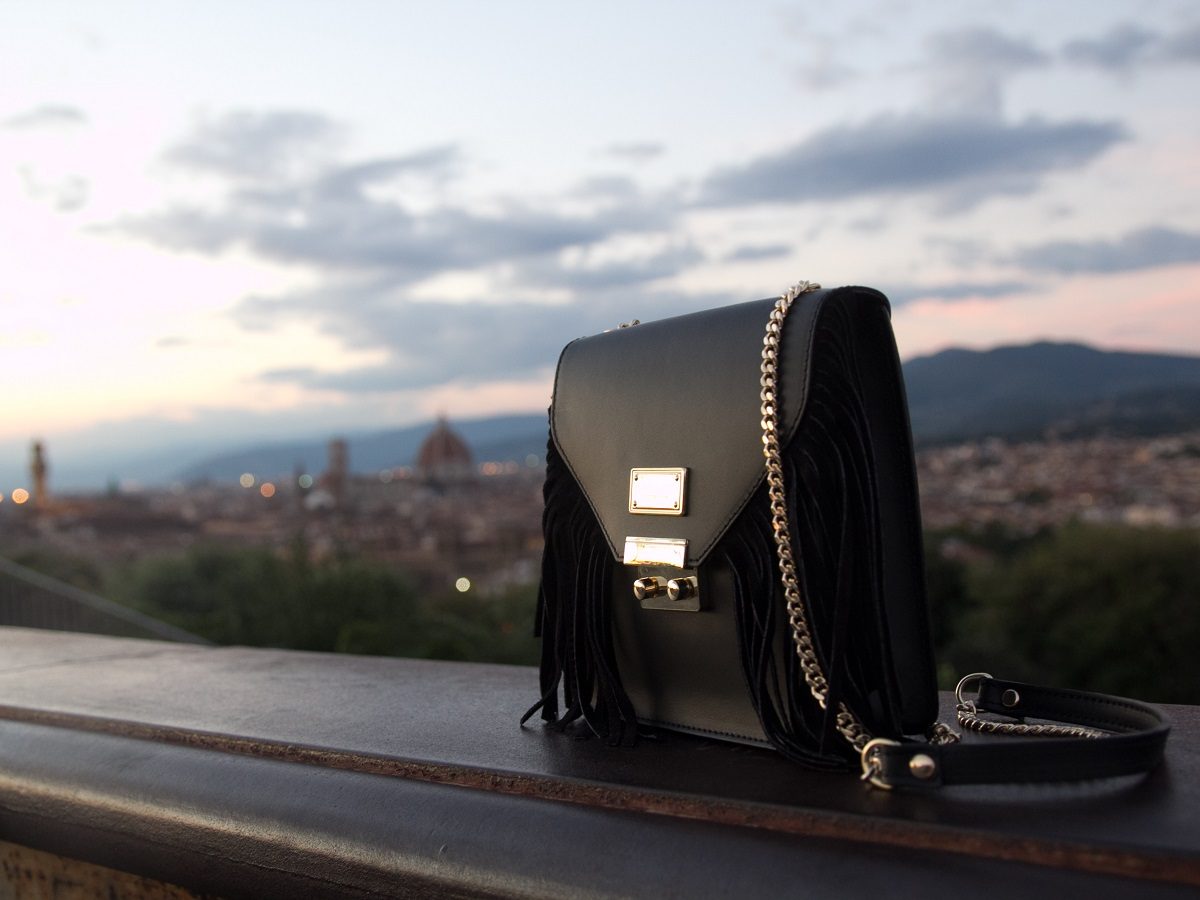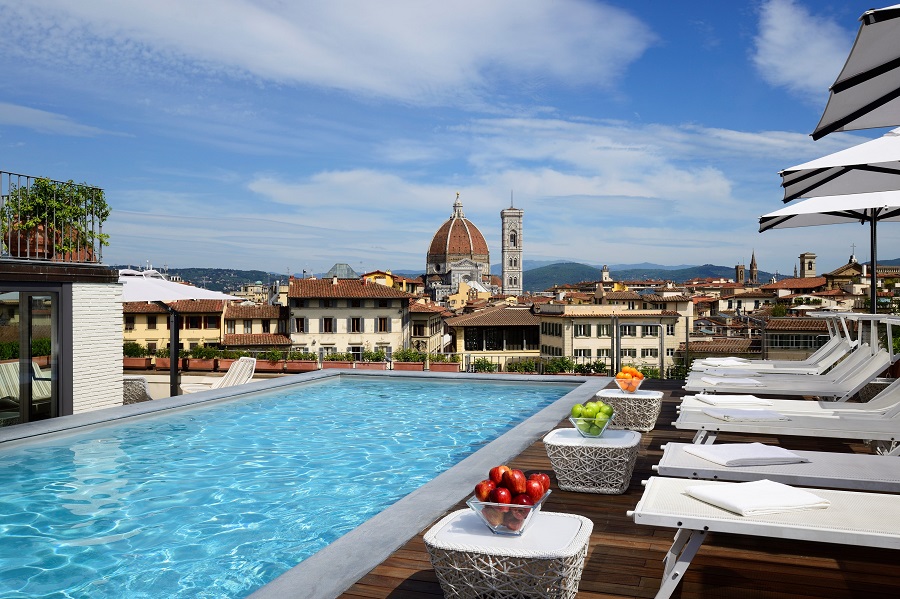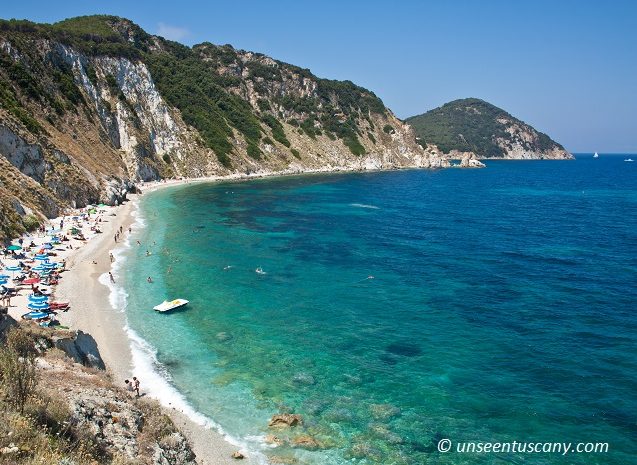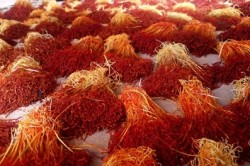 Today on our weekly chapter of Italian Recipes we offer you to try authentic italian recipe of pasta with Tuscan saffron. Saffron is grown in small quantities but high quality in Italy where it is used in a number of regional dishes. Safranum originates from the Arabic word asfar (أَصْفَر), which means “yellow”. The brilliantly hued flowers bloom in October and range in colour from a light pastel shade of lilac to a darker and more striated mauve. Each flower yields three crimson pistils, which provide the red saffron. The harvest takes place over several weeks in October and November. The fragile harvested pistils are dried overnight at a temperature of 45 C, losing 80% of their weight. It takes about 125,000 flowers to produce one kilogram of saffron. A tenth of a gram is usually packed in a small sachet which sells for about €3.50, making saffron worth €35,000 per kg.
Today on our weekly chapter of Italian Recipes we offer you to try authentic italian recipe of pasta with Tuscan saffron. Saffron is grown in small quantities but high quality in Italy where it is used in a number of regional dishes. Safranum originates from the Arabic word asfar (أَصْفَر), which means “yellow”. The brilliantly hued flowers bloom in October and range in colour from a light pastel shade of lilac to a darker and more striated mauve. Each flower yields three crimson pistils, which provide the red saffron. The harvest takes place over several weeks in October and November. The fragile harvested pistils are dried overnight at a temperature of 45 C, losing 80% of their weight. It takes about 125,000 flowers to produce one kilogram of saffron. A tenth of a gram is usually packed in a small sachet which sells for about €3.50, making saffron worth €35,000 per kg.
In the Middle Ages saffron was, not surprisingly, known as “red gold” and the fields of saffron crocuses stretched to the horizon around San Gimignano and elsewhere in Tuscany. It was money from saffron that helped build the famous towers of San Gimignano. But in the 17th Century, when cheaper, though inferior, saffron could be imported from France, cultivation in Italy all but died out. The revival of artisanal saffron cultivation in Tuscany and elsewhere in Italy is thus a welcome development inspired in part by the slow food movement in Tuscany.
In 2005, Italian saffron received an official label of recognition for its purity, strong taste and colouring properties, and the saffron of San Gimignano, for example, has a DOP designation which means that it is a protected and guaranteed mark. Buying from the producer you not only obtain a very good price but are guaranteed 100% pure saffron.
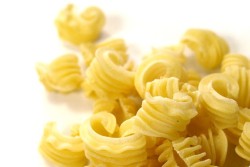 So today we offer to try a very simple recipe of pasta called „radiatori“, fresh vegetables and Tuscan saffron. This plate is very tasty, simply to cook and light. And you can eat this „radiatori“ with saffron all the year. We highly recomend to use only „radiatori“ type pasta because of its particular form and ability to absorb a taste of vegetables and sauce. And now let‘s try!
So today we offer to try a very simple recipe of pasta called „radiatori“, fresh vegetables and Tuscan saffron. This plate is very tasty, simply to cook and light. And you can eat this „radiatori“ with saffron all the year. We highly recomend to use only „radiatori“ type pasta because of its particular form and ability to absorb a taste of vegetables and sauce. And now let‘s try!
Ingredients
• 400 gr radiatori pasta
• 1 g zafferano
• 130 gr frozen peas
• 130 gr carrots
• 100 gr onion
• 130 gr zucchini
• 130 gr french (green) beans
• Salt, peper
• Olive oil
Preparation
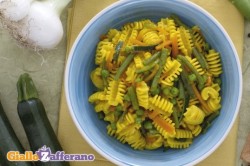 • Take the onion, pare it and cut it into wedges. Peel the carrot and cut it lengthwise and then formed into strips. Take the zucchini and cut into strips such as carrot. Cut in half the green beans.
• Take the onion, pare it and cut it into wedges. Peel the carrot and cut it lengthwise and then formed into strips. Take the zucchini and cut into strips such as carrot. Cut in half the green beans.
• Pour the olive oil in a pan and when the oil is hot, add the chopped onion. Cook for 5-6 minutes over medium heat, adding water to soften it, then add the carrots and cook for another two minutes.
• Add the beans, salt and pepper. Add more water to facilitate cooking and cook over moderate heat for 6 minutes, then add the zucchini.
• Finally add the peas and salt and pepper again. Let the vegetables cook for about 15 minutes over low heat, until it will soften.
• At this point pour the water in a pot and when it boils, pour the radiators and cook for about 9 minutes.
• In the meantime, take a small bowl, pour the saffron and add a little cooking water.
• As soon as the radiators are cooked, drain it and pour into the pan with the vegetables, mix together. Immediately after add the saffron dissolved in the cooking water and stir.
Buon apetito!
Credits: www.bella-toscana.com and www.giallozafferano.it


